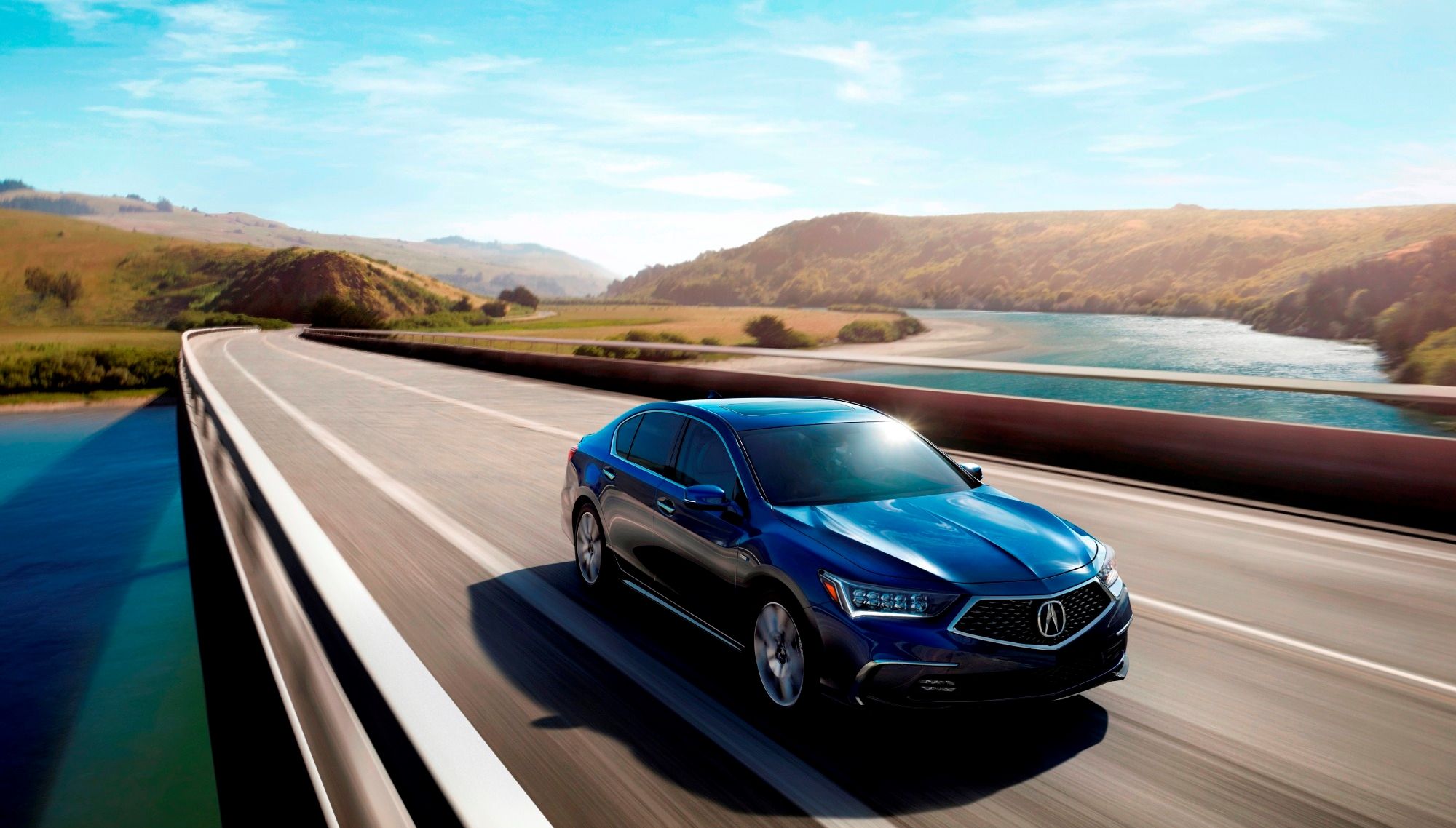
Cracking new automotive segments is about as tough as eliminating racism. The reason why is that both struggles are rooted in defeating an internal feature of the human psyche that has yet to evolve: prejudice. Just like racist family members are usually the ones too old to have the brain plasticity needed to process the concept that we all share nearly all of our DNA, consumers have deeply-held conceptions of which cars are high-quality machines and which are lacking, whether true or not.
Just ask Hyundai and Kia how tough of a time they're having convincing customers that their cars are no longer just for EBT cardholders despite stuffing their new family haulers with features usually found in cars far above Kia's price bracket. Prejudice is such a hard thing to overcome that it doesn't only affect the relatively new guys on the block like the Korean manufacturers; the veterans have the same problem convincing people they've changed. Acura has been in the game for over 30 years now, but the brand struggles to keep up with the likes of Lexus and the Germans. Honda makes good cars that actually engage the driver unlike Toyota's transportation appliances and score highly in reliability.
The fact is, the brand is being held back by remaining in the shadows of other luxury brands thanks to Acura and its RLX. Flagship sedans are like presidents because they're supposed to give the country's best face to the world and be recognizable enough to relate to. For Acura, that face is as plain as an Accord sedan. This would be fine if the car cost $25,000, but with a base price of $51,000, buyers are running for something better. Lexus understood the need to stand out and that's why its recent styling language has resulted in radically styled front grilles. Despite the aggression, Lexus makes a statement and Acura remains anonymous. A businessman ordering a luxury taxi would be happy to see a Mercedes S-Class pull up to the curb.
But if an Acura RLX pulled up, you can be sure they'd be less than impressed. All the tech toys in the world don't make up for an interior that looks like a slight upgrade from that of a Honda. Luxury comes in many forms including ability and feel of a car. Ability is easily attained with technology and horsepower. Feel on the other hand requires a refined ride, use of quality materials, and aesthetically pleasing design both inside and out. These areas are where the RLX falls short. Features like front-wheel drive hinder the car's feel because the luxury of control is built out that setup. Rear-wheel drive is a favorite for luxury car owners because it makes the car more balanced, eliminates torque steer, and feels more connected with the road.
Maybe Acura didn't want to reengineer the car to change how it feels, but this takes away from the RLX's potential. Acura's sins don't seem all too terrible until you start to spec one out. Fully loaded, an RLX could be had for around $66,000. The same kind of cash buys a fairly optioned Mercedes E-Class with 20 extra horsepower going to the rear. The E-Class has the looks, performance, toys, and most importantly, the feel of a luxury car. The story continues when looking at offerings from other luxury automakers. What it points to is a lack of trying from Acura. Leather seats on an entry-level car aren't what make a car luxurious, it's the whole picture. For failing to move Acura forward (although defining the brand well), the RLX goes to the crusher.

